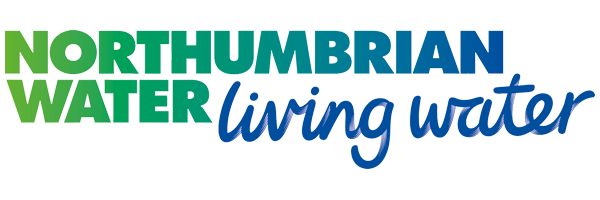Fontburn WTW (2022)
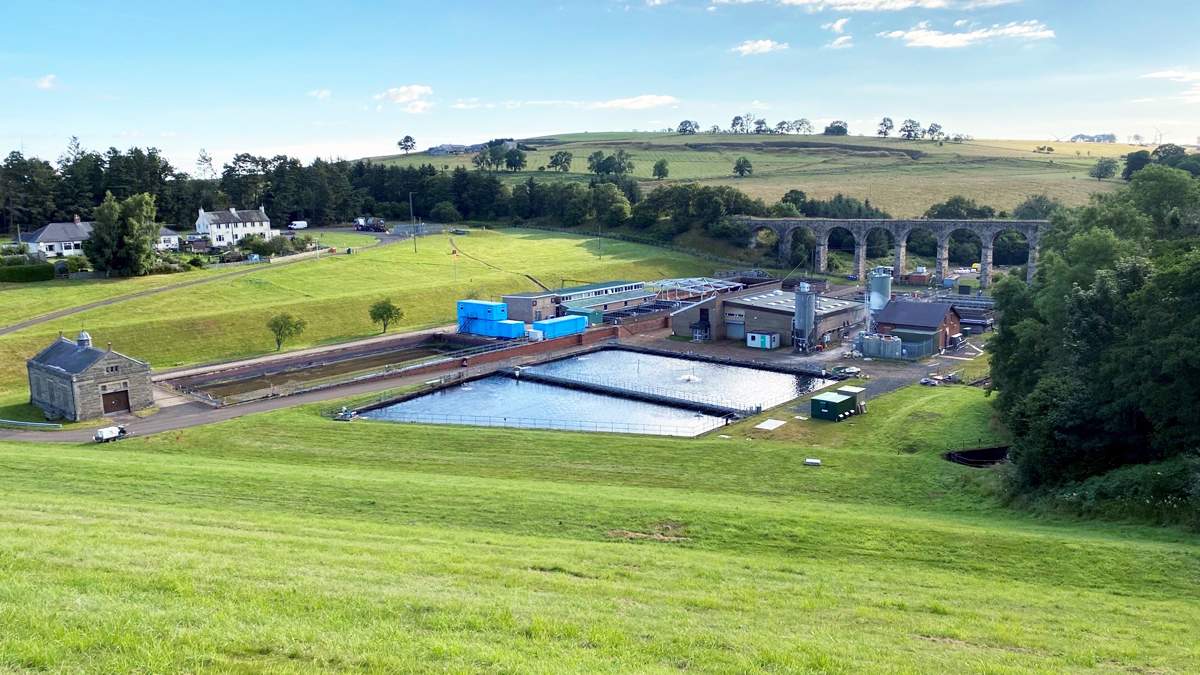
Fontburn site viewed from dam wall - Courtesy of Northumbrian Water Group
Northumbrian Water’s Fontburn Water Treatment Works is located on the outskirts of the Northumberland National Park and produces drinking water for around 50,000 homes in rural and semi-rural areas from Longhorsley and Morpeth, down through Bedlington and as far as North Shields on the River Tyne. The plant produces approximately 20 million litres of water per day and has been a stalwart of Northumbrian Water’s Northern Water Production set up for decades, reliably feeding the strategic network and helping to keep the water flowing for customers.
Background
Despite the site’s picturesque setting the plant has provided NWG’s operational team with some significant challenges over the years. Whilst the surrounding landscape is nothing short of stunning when the weather smiles over Northumberland’s hills and valleys, it can be a very different environment during the winter period. Storms and snowfall often mean more power outages than most other sites and access can become quite a task in its own right at certain times of the year. Combinations of power interruptions, variations in raw water quality at the inlet and the ability of larger vehicles, deliveries and machinery to even reach the site at certain times mean that the operational teams often have to work extra hard to keep the water flowing.
The project set about enabling a higher degree of management control for the team, to reduce risks to the overall treatment process from sudden changes in water quality, equipment failures and in particular when re-starting the plant following a complete shutdown. Following a process failure a few years ago that highlighted the risk associated with re-starting the site, the Drinking Water Inspectorate (DWI) placed a firm requirement on Northumbrian Water to reduce that risk. By providing more visibility of flow rates and quality parameters at each stage in the process and creating a run to waste facility for the final water, the team would be able to manage the site in a more proactive manner and significantly reduce the associated process risks.
Project objective
Although they are relatively rare occurrences, full works shutdowns can sometimes become unavoidable and re-starting a complex water treatment plant can present huge risks if the required water quality parameters cannot be rapidly achieved and consistently maintained before allowing any water into the supply network.
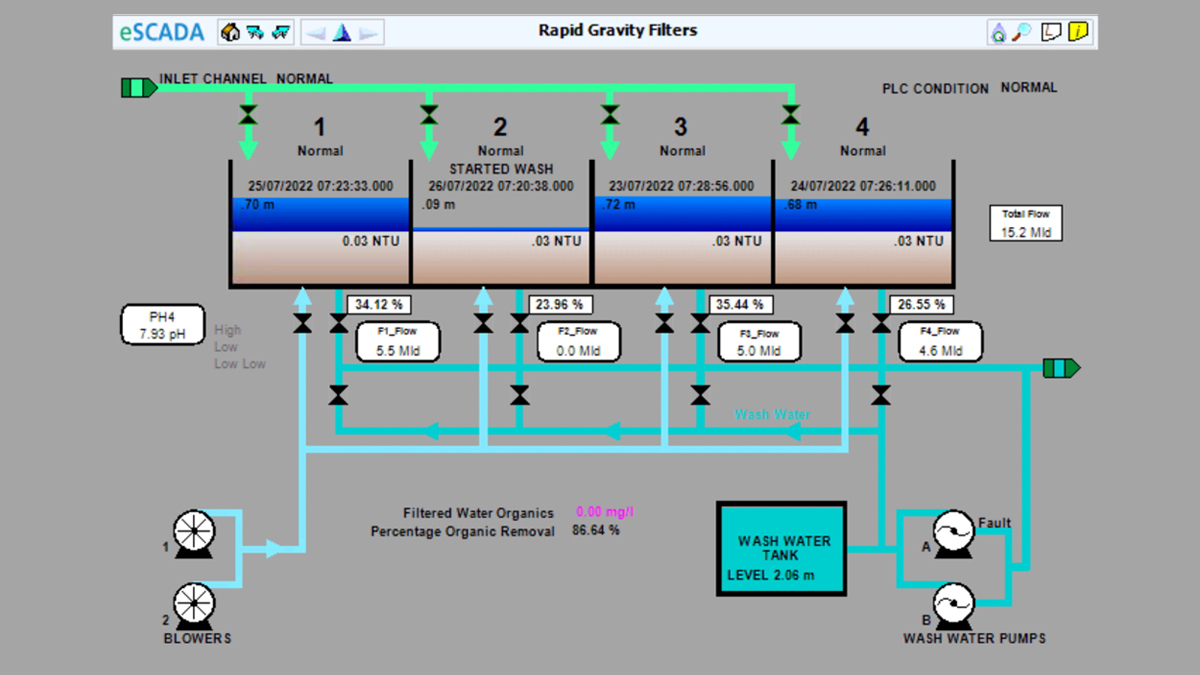
e-SCADA filters – Courtesy of Northumbrian Water
When starting the works up from scratch the site team will begin to slowly ramp up the flows from the inlet starting at around 50% (10Ml/d) to start the clarifiers before passing flow across the remaining process units, through the rapid gravity filters and on to the final disinfection stage. This requires careful re-initiation of all the required chemical dosing points at the correct levels and at the correct times. This includes initial ferric and pre-clarification lime dosing, then polyelectrolyte, carbon (when required), post clarification lime, phosphoric acid, and finally chlorine or hypochlorite application. Everything must be perfectly balanced to achieve the required final water quality in respect of pH, turbidity, chlorine residual and other elements such as iron and manganese levels before the required drinking water standard is met and water is passed on to customers’ taps.
The objective of this project was to de-risk this scenario by providing operators with reliable, real time data in relation to the total flow rate entering the site, the total flow rate leaving the site, plus specific inter-stage flow rates for each of the 4 rapid gravity filters. Once achieved this would put them in a far more informed position to manage these critical start up sequences.
Reliable multi-point flow metering coupled with additional data points from the new chlorine monitor to complement the existing suite of WQ monitors would provide the information needed directly back to the control room. Perhaps most importantly the project would also enable the ability to automatically run the final outlet main to the on-site waste dump tank for a short period until all the required water quality parameters have been met thus creating a fully de-risked start up scenario. The project key deliverables were as follows:
- Raw water inlet flow monitoring.
- Final water outlet flow monitoring.
- Final water chlorine monitoring.
- Final water automated run-to-waste (RTW).
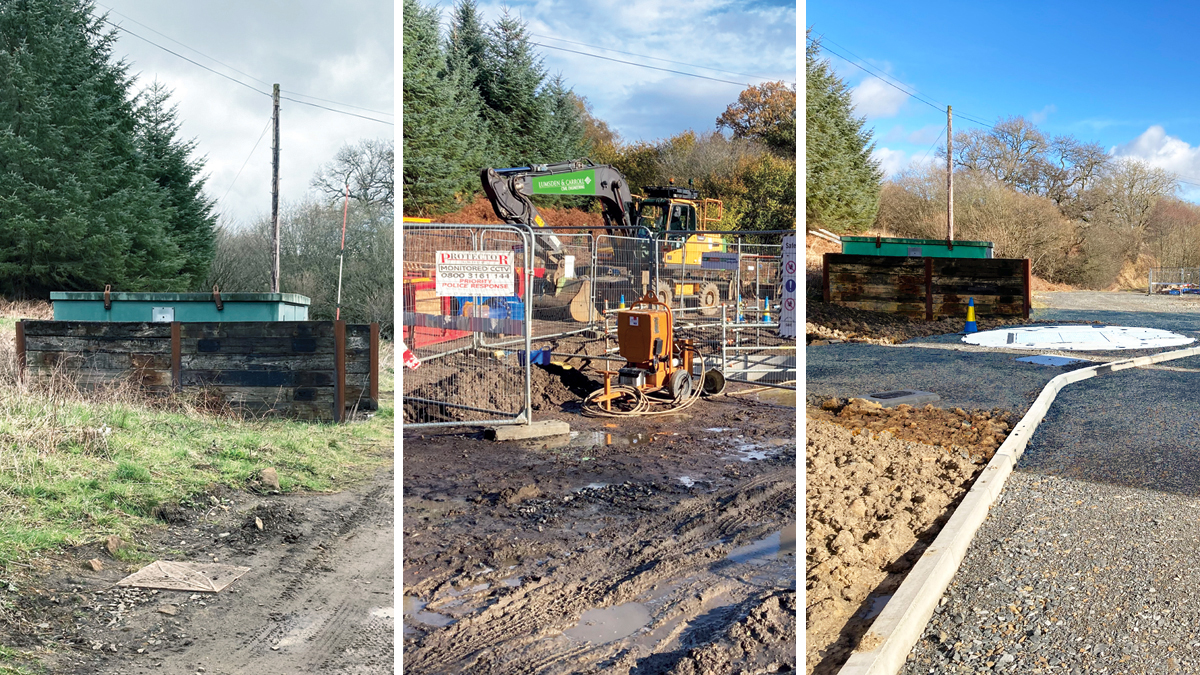
Valve chamber before, during and after construction – Courtesy of Northumbrian Water
Design & construction
An earlier attempt at a conventional consultant-led concept and design approach for the project had faltered and it soon became apparent that whilst the an initial proposal seemed to work on paper, it would not go in the ground due to physical constraints on site.
The initial proposal was to install a bypass arrangement using temporary line stops followed by construction of a single reinforced concrete chamber in which to install an ABB DN600 magnetic flow meter, the 2 (No.) 24” actuated valves from Rotork Controls for RTW take off and the tapping for the chlorine monitor. Due to the size of the fittings involved the required chamber would be large at 5m x 4m x 6m deep as a minimum and would require bespoke structural design and construction.
The outlet from Fontburn is a 24” steel main that passes underneath an old railway viaduct and then branches into twin 18” mains. A proliferation of existing power and communication cables plus site drainage and a public sewer presented the project team with the challenge of having only 5.5m of pipework accessible on which to install the proposed bypass. Several existing fixed constraints including an existing washout chamber, a cable duct and the branch into twin 18” mains meant that the proposed bypass and chamber would not physically fit.
In addition, following a specialist CCTV survey by Advanced Pipe Inspection the team learned that the pressure in the outlet main was at or near atmospheric pressure in this area and the construction of a new bypass arrangement would also introduce a hydraulic risk upstream in the filter gallery.
Therefore, with the original conceptual design now presenting as non-viable, the team set about designing an alternative solution by thinking outside of the (concrete) box.
In addition to the engineering challenge there was also a significant financial dimension to the project that presented challenges to the project team. The initial estimates for the conceptual design above exceeded £2m and the team set about trying to rationalise costs in the best interests of customers.
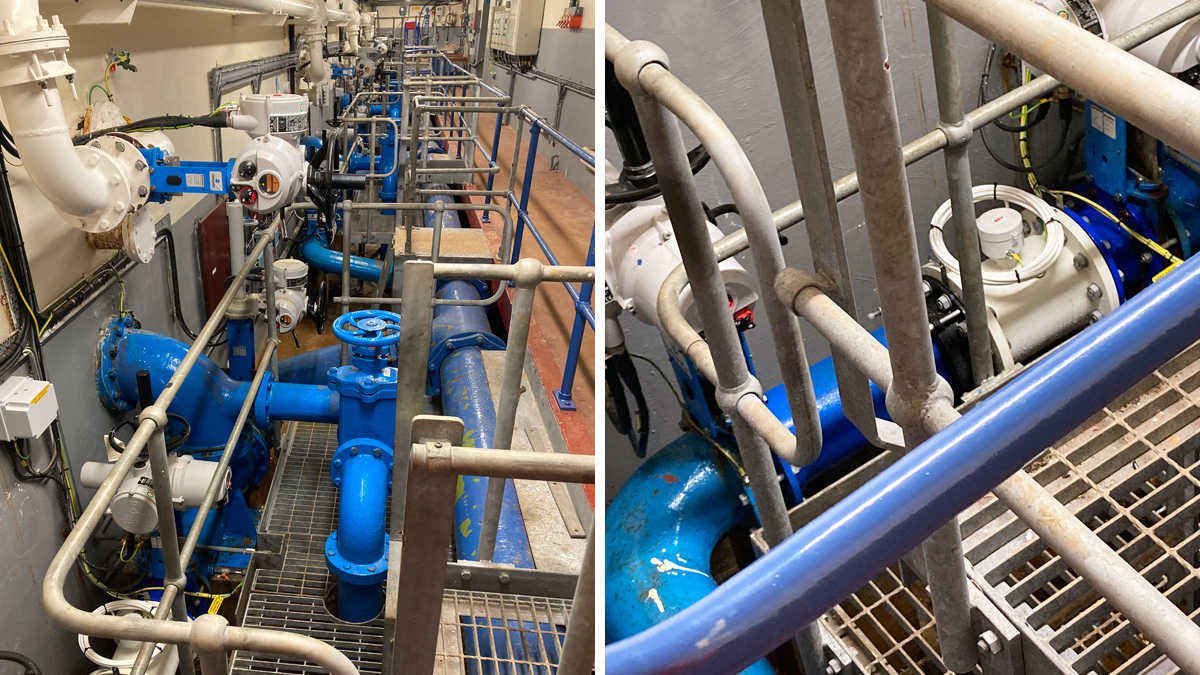
(left) Filter gallery pipework and (right) with ABB flow meter installed – Courtesy of Northumbrian Water
Fontburn WTW: Supply chain – key participants
- Client: Northumbrian Water
- Design & construct partner: Esh-Stantec JV
- MEICA sub-contractor: Retroflo Ltd
- Systems integration: IDEC Technical Services
- Ecological consultant: Wood Group
- Flow meters: ABB
- Valves: AVK UK Ltd
- Actuated Valves: Rotork Controls
- CCTV survey specialists: Advanced Pipe Inspection
- Pipe cutting specialists: UTS Engineering
- Temporary works: MGF Ltd
- Site security: The Protector Group
A different approach
The project team turned to internal knowledge, experience and expertise available in relation to this site and the technology/functionality needed to bring to it. The team started again with a blank sheet of paper and moved rapidly to recover the lost time.
NWG’s internal engineering team quickly identified the potential to use 4 (No.) ABB DN200 flow meters in the filter gallery just before the smaller diameter pipework joins the 24” final outlet main. This DN200 filter outlet pipework is above ground in a building so this could avoid significant excavation and RC chamber construction.
There was however the problem to overcome of having virtually no length of straight sections of pipe available to physically fit the ABB flow meters amongst the 3 (No.) 90° bends and 2 (No.) gate valves behind each filter.
As a result the internal engineering team identified an ABB product with the claim: “Our upstream and downstream reduced bore sensor is virtually insensitive to hydraulic disturbances as it conditions the upstream fluid flow profile within the sensor’s central measuring zone giving superior performance”.
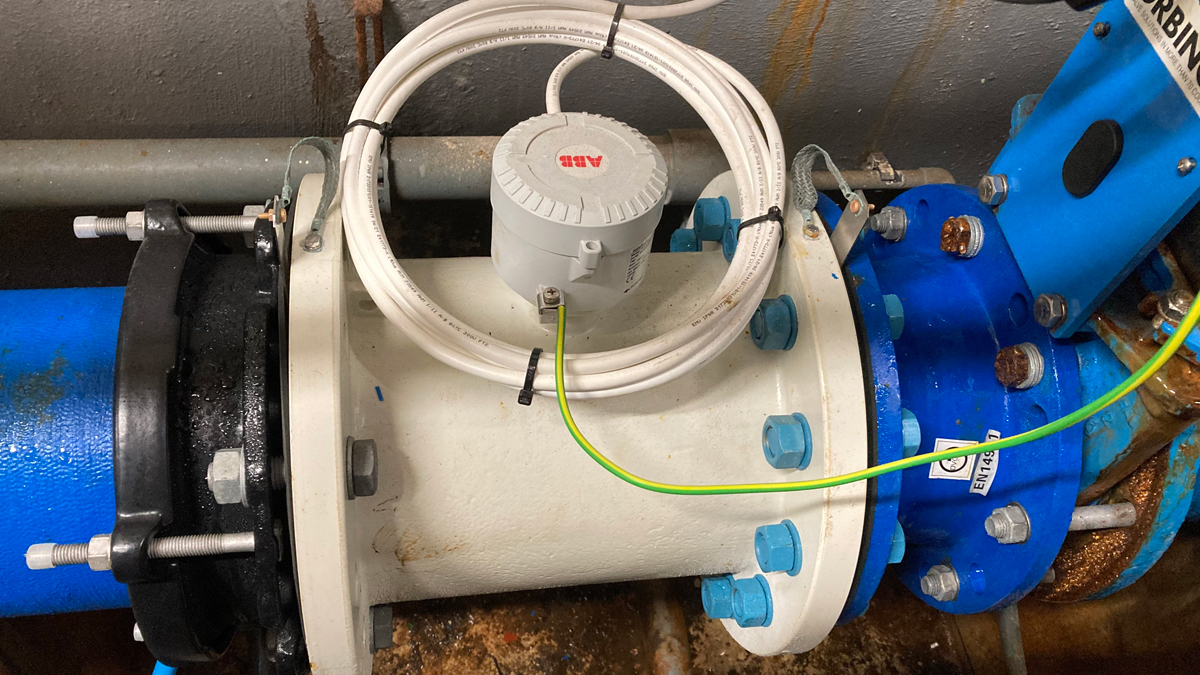
ABB flow meter installed – Courtesy of Northumbrian Water
A unit was purchsed and NWG’s Internal Design & Delivery (IDD) Team worked alongside the Operational Site Team and installed the new instrument as a trial to see if it met the requirements, and the stated performance. After some provisional testing the ABB unit worked to meet the requirements and indeed, provided additional benefit.
Not only was the installation much lower cost due to accessible pipework with no excavation and concrete chamber needed, but it came with the added benefit of not only seeing total final water flow from the site presented back to the control room but also the individual filter outlet flow which can give advance warning of other issues before they become a problem. The inlet flow meter was also installed along a similar time-frame although this did require excavation and chamber construction on the existing 21” raw water inlet pipework.
With the flow metering approach now resolved the team still needed solutions for the chlorine monitor and run to waste function. A chlorine monitor only needs a small diameter tapping for sample acquisition to the associated analyser so that was never going to be a major engineering concern. The run-to-waste function however, needed a minimum 400mm diameter tee off the existing in service 24” diameter outlet main and 2 (No.) actuated valves from Rotork Controls with associated pipework to a new submersible pumping station. Further pipework would then be needed to pump the water diverted from going into supply, back to the site dump tank for de-chlorination and re-use.
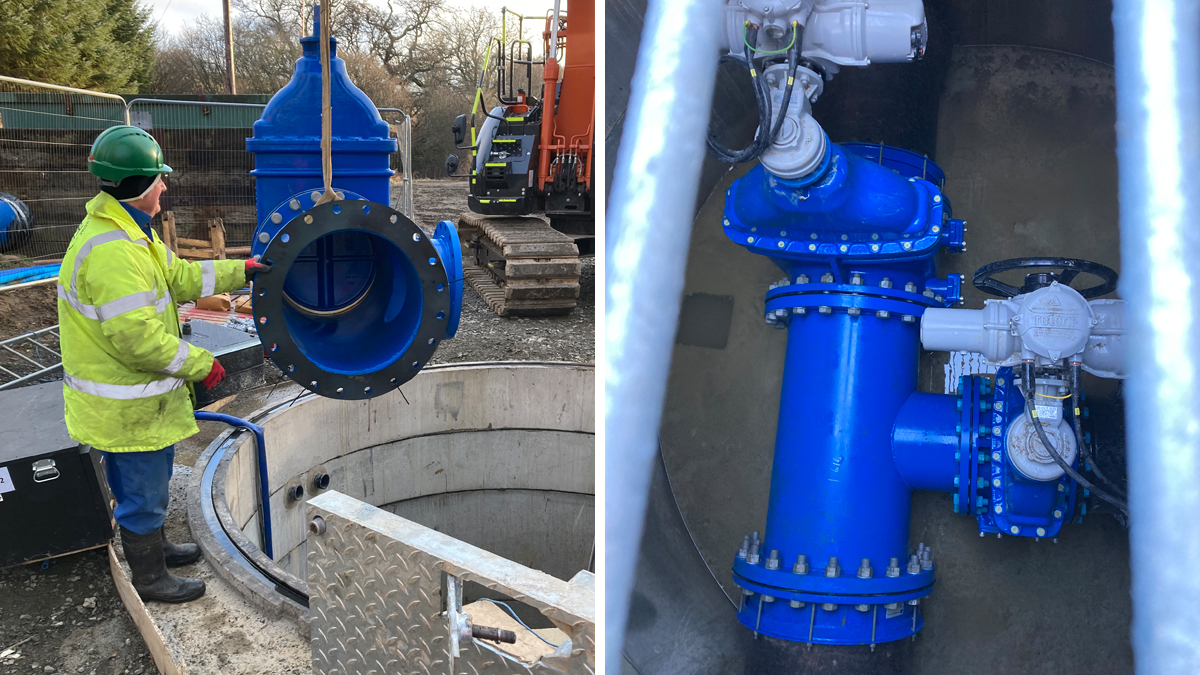
(left) Tee piece being lowered into place and (right) tee piece installed with automated valving – Courtesy of Northumbrian Water
The answer to this was to take a blended procurement approach with existing framework partner Esh-Stantec JV and NWG’s IDD team, further supported by the local site team, water quality team and strategic network team. The plan was to build an extended team and exploit everyone’s strengths/main areas of expertise to the absolute maximum. This would enable NWG to support any specific weaknesses/capability gaps directly and without delay from within the established team environment. The design and construction of the run-to-waste was then simplified to remain functionally fit for purpose to achieve the objective but with safety and practicality of construction more in mind.
To avoid any bespoke RC design, standard DN3600 PC ring chamber construction was specified. Standard ductile iron pipes and fittings were also specified and nominal design depths minimised the amount of excavation needed.
The conventional approach of constructing a bypass arrangement on the outlet main was dropped altogether. It simply would not fit and also presented hydraulic risks. Instead, some thoughtful scheduling of tasks to construct and install virtually every item leaving only the final tee piece to be cut in, meant that the works would only need to be shut down for a few hours to complete the project. This proved to be an invaluable approach as strategic storage levels within the Tyneside area of supply were trending low following an extended dry period during 2021.
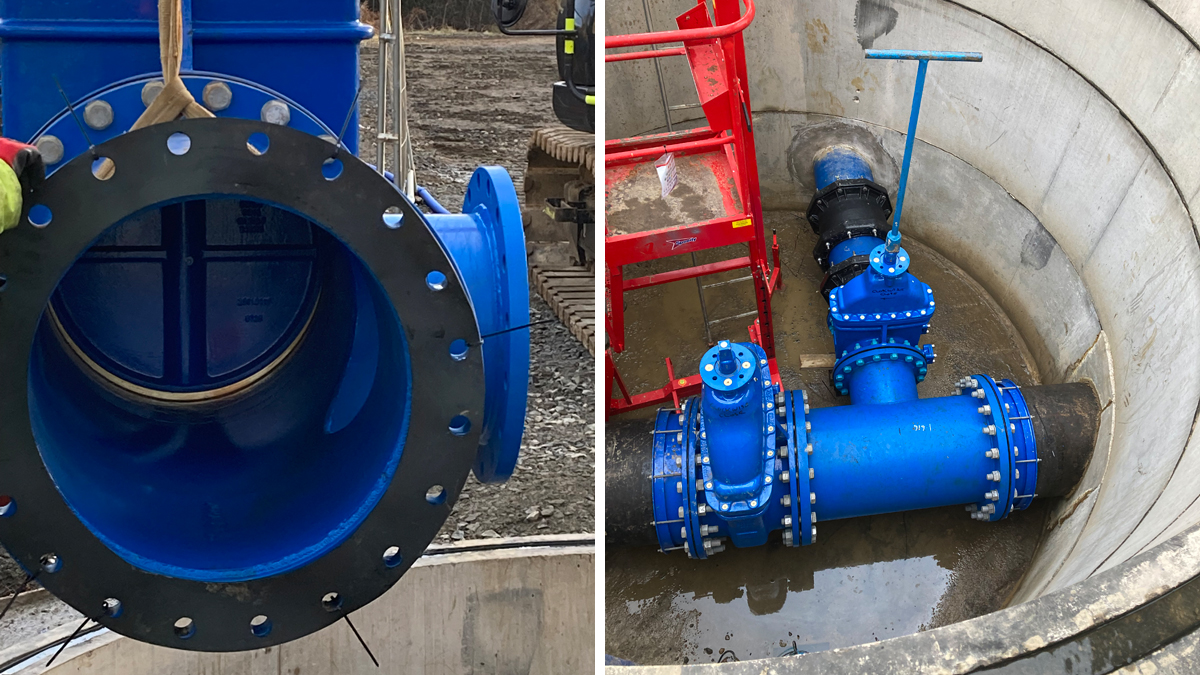
(left) Final fitting being lifted in and (right) installed – Courtesy of Northumbrian Water
Although this position was slowly recovering, the operational team needed to continue maximising water production and the risk associated with shutting down a water production asset for an extended period became too great. Luckily, there was now a robust plan that could be executed within a matter of hours. This shorter term shut-down could be accommodated safely, and the team was able to fully isolate the 24” main and proceed with installation of the final fitting.
With only two cuts left to do ,and one fitting to install, the team was able to shut-down and re-start the works the very same morning, in an acceptable and controlled manner, thus avoiding any significant of loss of supply to customers. This was achieved by utilising the brand new run to waste solution for the first time even before the project was fully complete. The blended team membership had again facilitated a pragmatic approach by enabling the permanent works to be used as part of the temporary works approach to complete the final tie in.
Esh-Stantec JV carried out all of the major civils work and were seamlessly supported by NWG’s internal teams when a couple of site services and duct diversions were needed. The M&E design elements and installation/commissioning of the pumping station were sub-contracted to Retroflo Ltd as experts in that field.
Northumbrian Water’s IDD team installed a new kiosk to interface with the existing on-site power and PLC provision and Retroflo worked hand in glove with them to achieve successful commissioning. Finally, framework partners IDEC Technical Services were contracted to integrate the system control, automation and data acquisition with the on-site e-SCADA software.
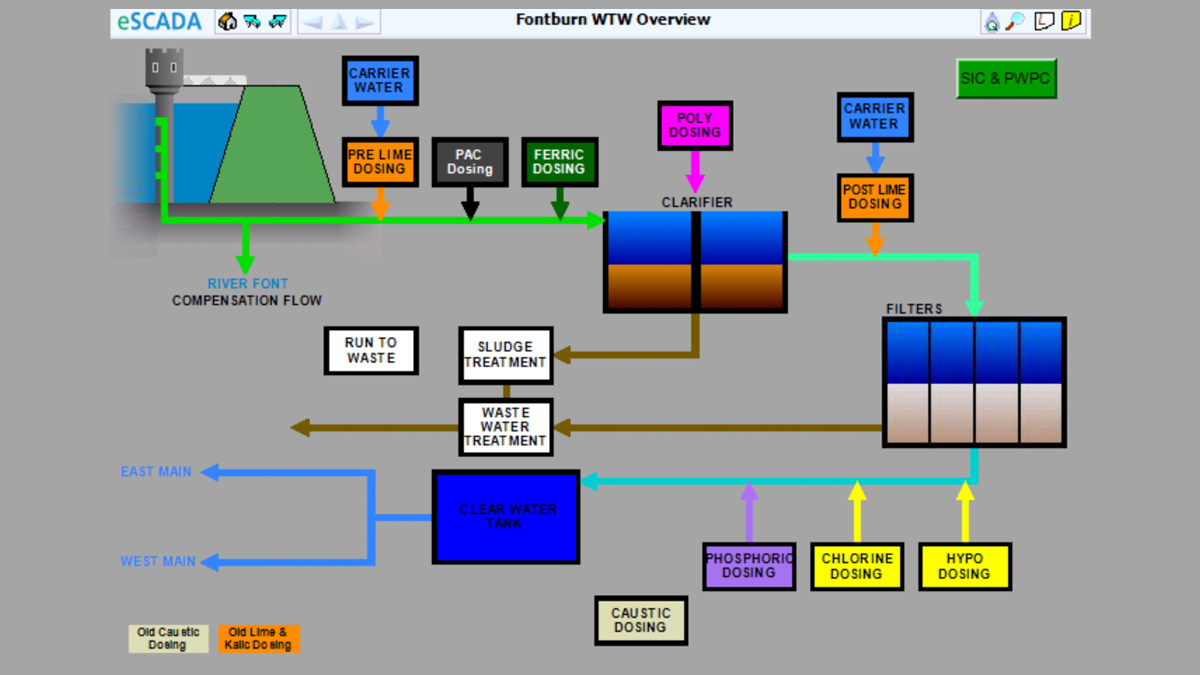
e-SCADA overview – Courtesy of Northumbrian Water
Conclusion
The establishment of a blended team approach encouraged communication and forged the positive relationships needed to allow the construction phase to maintain its pace and remain on programme. The more streamlined approach to interfaces between different organisations (or even different parts of the same organisation) allowed the team to successfully deliver the alternative solution in a very efficient manner and meet a very tight DWI deadline (despite Storm Arwen’s attempt to slow things down).
The original project estimates of approximately £2.3m were significantly outperformed with the final cost of the overall solution coming in at a little over £1.3m.


